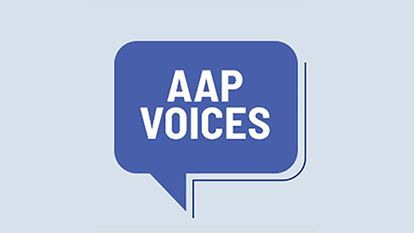Listen to and read about inspiring stories, direct from the field, of successful implementation of care coordination.
Collaborating to Standardize Medical Forms
Lara Beranek BSN, RN Marathon County Special Education, School Nursing Services
Jeffrey Lamont, MD, FAAP, Medical Advisor
Around 2017, a group of school nurses began meeting in central Wisconsin. As Lara Beranek, a school nurse, explains, one issue many of the school nurses were having was incomplete or incorrect medication orders for their students. To rectify this, in collaboration with Dr Jeffrey Lamont, the medical advisor to several local school districts, the school nurses worked together to standardize a medication authorization form that all the local schools could use. They also distributed the form to the local clinics and the majority now use the new form. Having the same form for all the districts in the area has streamlined processes, reduced errors, and increased the number of correctly completed forms.
Improving Communication Pathways for Type 1 Diabetes
Rebecca Moody, Student
Wendy Moody, Student’s Mother
Heather Rush, MSN, APRN, CDCES, Pediatric Diabetes Nurse Practitioner
Andrea Tanner, PhD, RN, NCSN, Former School Nurse and Coordinator of Health Services
As a parent of a child with Type 1 Diabetes (T1D), Wendy Moody wanted to ensure she knew what was to be expected for the care for her daughter, Rebecca, while she was in school, so she reached out to Andrea Tanner, a school nurse, to learn more. This led to a wider conversation about caring for students with T1D in the school setting and optimal communication between the schools and a local pediatric endocrinology practice. Andrea then met with Heather Rush, a pediatric nurse practitioner and liaison between the clinic and the schools, who offered to do an educational event with the school nurses. During this training, they realized they needed to develop a new communication pathway between school nurses and providers in their office and develop a standardized action plan form that met their mutual needs. With a new communication pathway and standardized form in place, communication improved, changes in school care happened quicker, caregivers and students were more satisfied with care, and school nurses felt more confident and better resourced to provide quality care and keep kids in school.
AAP Voices Blog
A Novel Model of Collaboration Between Schools and Pediatricians in Berkshire County
Recognizing the large number of at-risk children and families in her community 8 years ago, and guided by Dr Richard Antonelli’s groundbreaking work in pediatric care coordination, Dr Buccino, along with others, created Southern Berkshire Community Care Coordination (SBCCC). SBCCC is a team-based model of care that supports healthy human development and resilience through coordinated connection of children and families with healthcare, behavioral health, educational, cultural, and social services. They add to pediatric care coordination a framework that effectively joins these systems, while breaking down silos of care, supporting school and pediatric staff, and increasing access to quality care for children and families.
Deborah Buccino, MD, FAAP, Medical Director, Southern Berkshire Community Care Coordination (SBCCC) Berkshire Health Systems
AAP Voices Blog
|October 3, 2023

These resources were supported by Cooperative Agreement Number NU38OT000282, funded by the Healthy Schools Branch - Centers for Disease Control and Prevention. Its contents are solely the responsibility of the American Academy of Pediatrics and do not necessarily represent the official views of the Centers for Disease Control and Prevention of the Department of Health and Human Services.
Last Updated
10/03/2023
Source
American Academy of Pediatrics